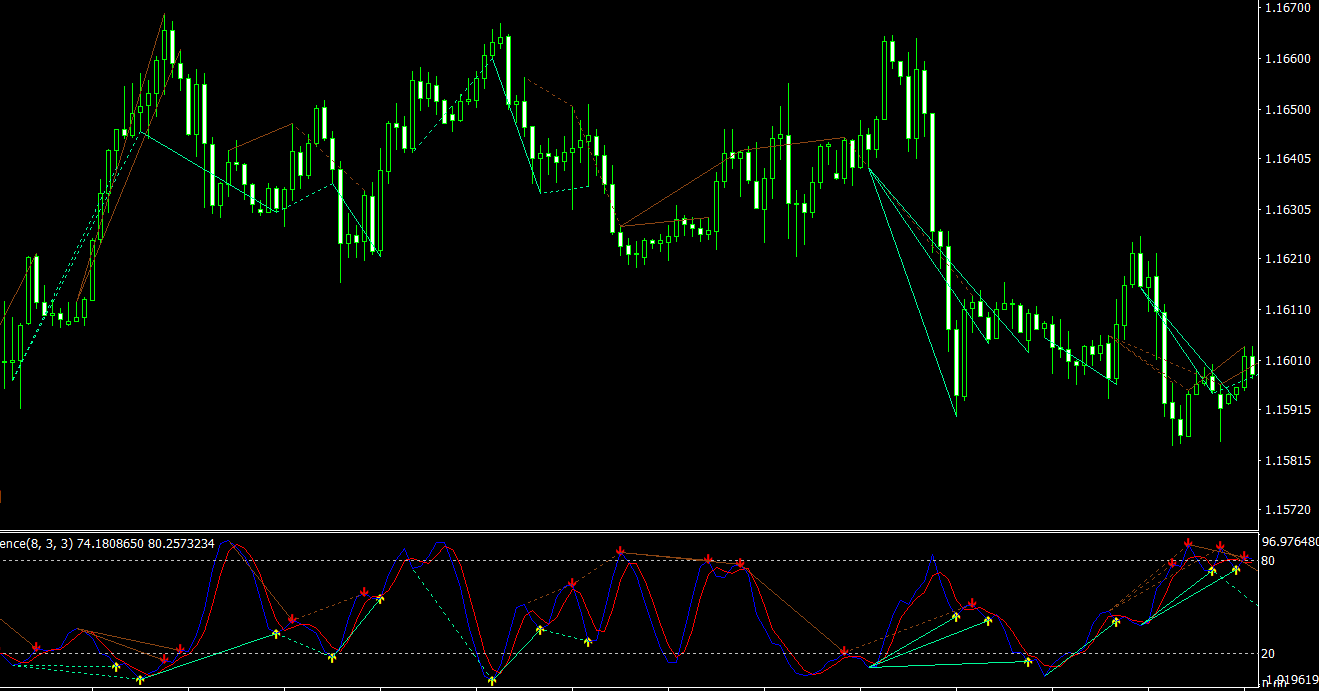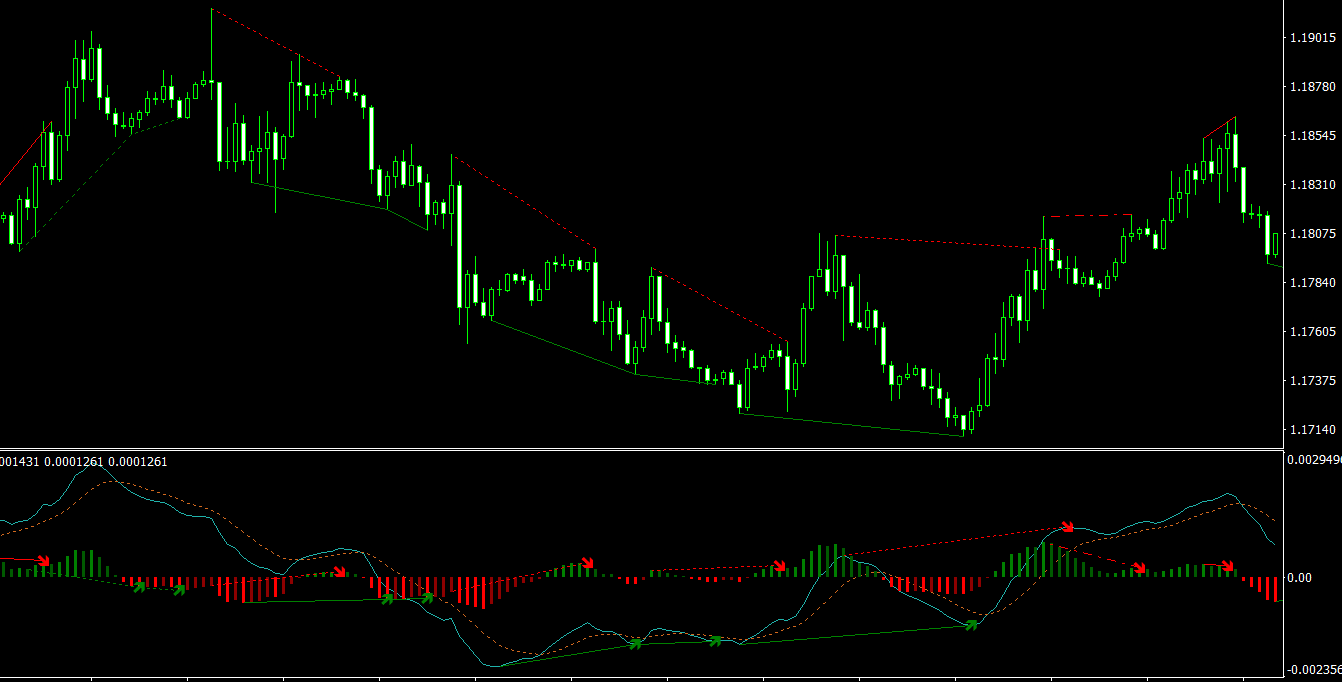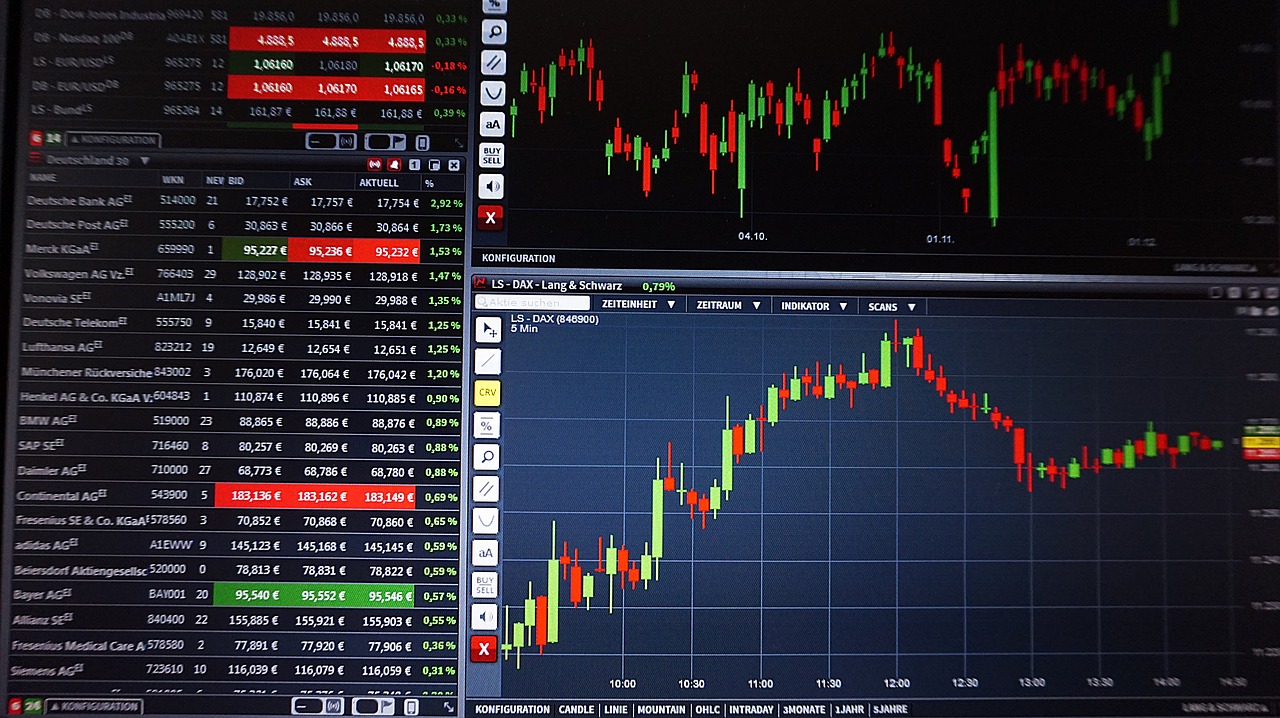The realm of foreign exchange (forex) trading is rife with opportunity, but it’s also labyrinthine in nature, replete with a vast array of technical indicators and analytical tools that traders employ in their quest to forecast market movements. One such analytical tool that has been instrumental in providing traders with an edge is divergence. In this article, we will demystify the concept of forex divergence, explore its types, and delve into how traders can use it as part of a robust trading strategy.
Understanding Forex Divergence:
At its core, divergence in forex trading refers to a discrepancy between the price action of a currency pair and a technical indicator. Typically, traders use momentum indicators like the Relative Strength Index (RSI), Moving Average Convergence Divergence (MACD), or Stochastic Oscillator alongside the price action to identify divergences. In simple terms, when the price chart shows a certain direction, but the indicator shows a conflicting trend, you are witnessing a divergence.
Divergence is used as an indication that the current price trend may be weakening and a potential reversal or significant price retracement could be on the horizon. It is, essentially, a red flag waved by the markets that traders should be alert to the possibility of an impending change in trend.
Types of Divergence:
- Regular Divergence:
a. Bullish Regular Divergence: This occurs when the price forms lower lows while the technical indicator forms higher lows. Essentially, the price is showing a downward trend, but the indicator suggests that momentum is waning. This type of divergence is often a precursor to an upward price movement.
b. Bearish Regular Divergence: Conversely, bearish regular divergence occurs when the price forms higher highs, but the technical indicator forms lower highs. This implies that the price is in an upward trend, but the momentum is losing steam, which could indicate a forthcoming downward price movement.
- Hidden Divergence:
a. Bullish Hidden Divergence: Bullish hidden divergence is present when the price forms higher lows, while the indicator forms lower lows. This divergence is indicative of underlying strength in the trend and suggests a continuation of the upward price movement.
b. Bearish Hidden Divergence: In this scenario, the price makes lower highs, but the indicator makes higher highs. This signals underlying weakness in the trend and is suggestive of a continuation of the downward price movement.
Utilizing Divergence in Trading Strategies:
- Identifying Entry and Exit Points: Traders often use regular divergences to pinpoint potential entry and exit points. For instance, a trader might consider going long on a currency pair when bullish regular divergence is observed, as this signals a potential upward trend. Conversely, observing a bearish regular divergence might prompt a trader to short a currency pair, anticipating a downward movement.
- Confirming Trend Continuation: Hidden divergences are predominantly used to confirm the continuation of an existing trend. For example, in an uptrend, the presence of bullish hidden divergence could be a signal for traders to enter or add to a long position. Similarly, bearish hidden divergence in a downtrend might be used as a signal to enter or add to a short position.
- Risk Management: Divergences can also be an invaluable tool in managing risk. For example, if a trader is in a long position and observes a bearish regular divergence, they might consider tightening their stop-loss to protect profits or exit the position altogether to mitigate potential losses.
Considerations and Cautions:
While divergence can be a powerful tool, it is essential to recognize that, like any other technical analysis tool, it is not foolproof. Here are some considerations and cautions to keep in mind:
- False Signals: Divergence can sometimes generate false signals. A divergence might suggest a reversal, but the price could continue in its current trend. This is why it is crucial not to rely solely on divergence but to use it in conjunction with other technical analysis tools and indicators.
- Timing Issues: Divergence does not provide explicit timing for entries and exits. It can sometimes take an extended period for the predicted price reversal or continuation to materialize, which can lead to premature or late entry and exit decisions.
- Contextual Analysis: The overall market context should be taken into account. Understanding the prevailing market conditions, such as whether the market is trending or ranging, can provide better insights into how to interpret divergence signals.
- Indicator Selection: The choice of which technical indicator to use for identifying divergence can also impact its effectiveness. The Relative Strength Index (RSI), Moving Average Convergence Divergence (MACD), and Stochastic Oscillator are popular choices, but each has its own characteristics and sensitivities. Traders should be comfortable and familiar with the chosen indicator to use divergence effectively.
- Confirmation Strategies: Using other forms of confirmation, such as support and resistance levels, chart patterns, or additional indicators can significantly enhance the reliability of divergence signals. For instance, combining divergence with candlestick patterns can often provide more accurate entry and exit signals.
- Risk Management: It is essential to have a robust risk management strategy in place when trading with divergence. This involves setting stop-loss levels and deciding on the appropriate position sizes to ensure that losses (if they occur) are within acceptable limits.
Conclusion
Forex divergence, when understood and applied judiciously, can be a potent tool in a trader’s arsenal. By identifying discrepancies between price movements and technical indicators, it offers insights into potential trend reversals or continuations. Regular divergences are used primarily to anticipate trend reversals, while hidden divergences can confirm the continuation of a current trend.
However, like any form of technical analysis, divergence is not without its pitfalls. False signals, timing issues, and context can all affect the accuracy and usefulness of divergence in forex trading. As such, it is imperative for traders to employ divergence as part of a broader, well-thought-out trading strategy that includes sound risk management practices and combines various technical analysis tools for confirmation.
In the ever-evolving tapestry of forex trading, divergence can be a thread that, when woven skillfully, contributes to a more comprehensive understanding of the market and aids in making informed trading decisions.



